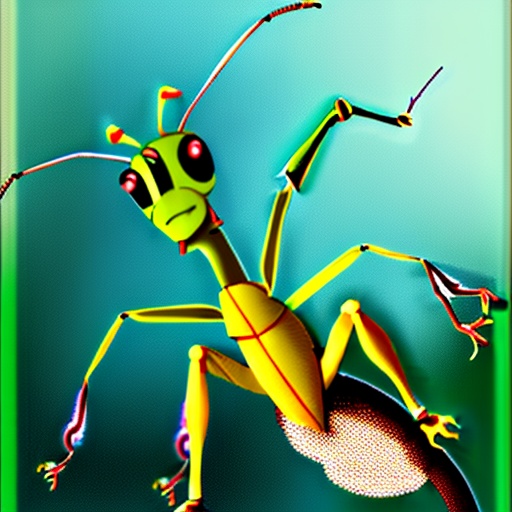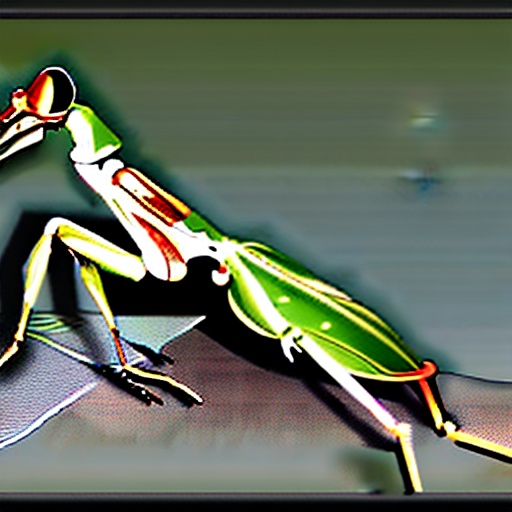Stable Diffusion Image Generation
AI Generated Images
 Frank
Tue Dec 20 2022 00:00:00 GMT+0000 (Greenwich Mean Time)
3 min read
Frank
Tue Dec 20 2022 00:00:00 GMT+0000 (Greenwich Mean Time)
3 min read
Stable Diffusion: A Quick Primer
Before we embark on our creative journey, let’s first understand what we mean by ‘stable diffusion.’ A concept rooted in mathematics and physics, stable diffusion is a stochastic or random process that describes the path of a particle as it moves in a fluid medium, influenced by the random, continuous impacts of molecules in that medium.
In simpler terms, imagine dropping a single ink droplet into a glass of water. The way that ink slowly disperses, creating intricate patterns before eventually mixing uniformly with the water, is an example of diffusion.
Stable Diffusion in Image Generation
So, how does this connect with image generation?
Stable diffusion image generation is a creative process where stable diffusion principles are used to distribute color values across pixels of a digital canvas. The idea is to simulate the randomness of diffusion to generate unique, abstract images.
In the realm of digital art, this translates to an algorithm that uses the principles of stable diffusion to assign color values to individual pixels. By manipulating various parameters such as diffusion coefficients, initial conditions, and color gradients, artists can create a vast range of abstract digital masterpieces.
The Process in Practice
The actual process of stable diffusion image generation involves several steps.
-
Initialization: The digital canvas (image) is initialized with an arbitrary distribution of color values. This could be a uniform color, a gradient, a random assortment of colors, or even a pre-existing image.
-
Diffusion Simulation: The diffusion process is simulated over a series of iterations. During each iteration, every pixel’s color is adjusted based on the colors of its neighboring pixels. The specific algorithm used for this adjustment is where the principles of stable diffusion come into play.
-
Iteration: This process is repeated for a large number of iterations until the image has “settled” into a stable state. At this point, the diffusion process has effectively redistributed the original color values across the image, creating unique, abstract patterns.
-
Post-processing: Once the diffusion process is complete, additional post-processing steps can be applied to enhance the resulting image, such as color correction, contrast adjustments, or adding special effects.
Harnessing Stable Diffusion for Artistic Expression Stable diffusion image generation is a fascinating tool for digital artists. It provides a platform where scientific principles fuel the creative process, resulting in the generation of captivating, abstract art pieces. From stunning backgrounds for web design to surreal art pieces for digital galleries, the application of stable diffusion image generation is limitless.
However, beyond its aesthetic appeal, this technique also presents a unique method for visualizing the principles of diffusion. It can serve as a valuable educational tool, making abstract concepts more tangible and accessible.
In conclusion, the intersection of art and science is a fertile ground for innovation. Stable diffusion image generation embodies this intersection perfectly, reminding us that the boundaries between these two domains are not as rigid as they seem. By embracing the fusion of creativity and science, we can generate not just beautiful images, but also novel ways of understanding the world around us.

